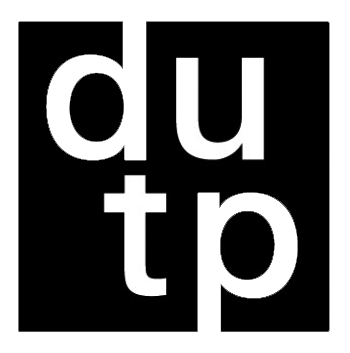News aesthetics of urban dwell
Renewal of social movements in consolidated neighborhoods of Montevideo
DOI:
https://doi.org/10.5821/siiu.12917Abstract
We present results of a research that investigated urban collective forms in consolidated areas of the city of Montevideo. We carry out a series of ethnographic explorations, focusing on social situations that involve various groups. We engaged with neighborhood collectives that intervene creatively in the urban territory. We take three key cases that imply new aesthetics in urban dwell, based on the renewal of historical forms of participation and articulation with local governance. These are groups that are sustained by memory and emotional plots, resolving emerging tensions in daily life. The conclusions and reflections raise the connective power of the aesthetic dimension, especially for the integration of the contradictions inherent to vital processes and the need to continue building a multiple space for the study of urban dwell.
Downloads
Published
Issue
Section
License
Copyright (c) 2024 Creative Commons

This work is licensed under a Creative Commons Attribution-NonCommercial-ShareAlike 4.0 International License.
Aquellos autores/as que tengan publicaciones con esta revista, aceptan los términos siguientes:
- Los autores/as conservarán sus derechos de autor y garantizarán a la revista el derecho de primera publicación de su obra, el cuál estará simultáneamente sujeto a la Licencia de reconocimiento de Creative Commons CC BY-NC-ND- 4.0 que permite a terceros compartir la obra siempre que se indique su autor y su primera publicación esta revista, pero no se pueden cambiar ni se pueden utilizar comercialmente.
- Los autores/as podrán adoptar otros acuerdos de licencia no exclusiva de distribución de la versión de la obra publicada (p. ej.: depositarla en un archivo telemático institucional o publicarla en un volumen monográfico) siempre que se indique la publicación inicial en esta revista.
- Se permite y recomienda a los autores/as difundir su obra a través de Internet (p. ej.: en archivos telemáticos institucionales o en su página web) antes y durante el proceso de envío, lo cual puede producir intercambios interesantes y aumentar las citas de la obra publicada. (Véase El efecto del acceso abierto).











